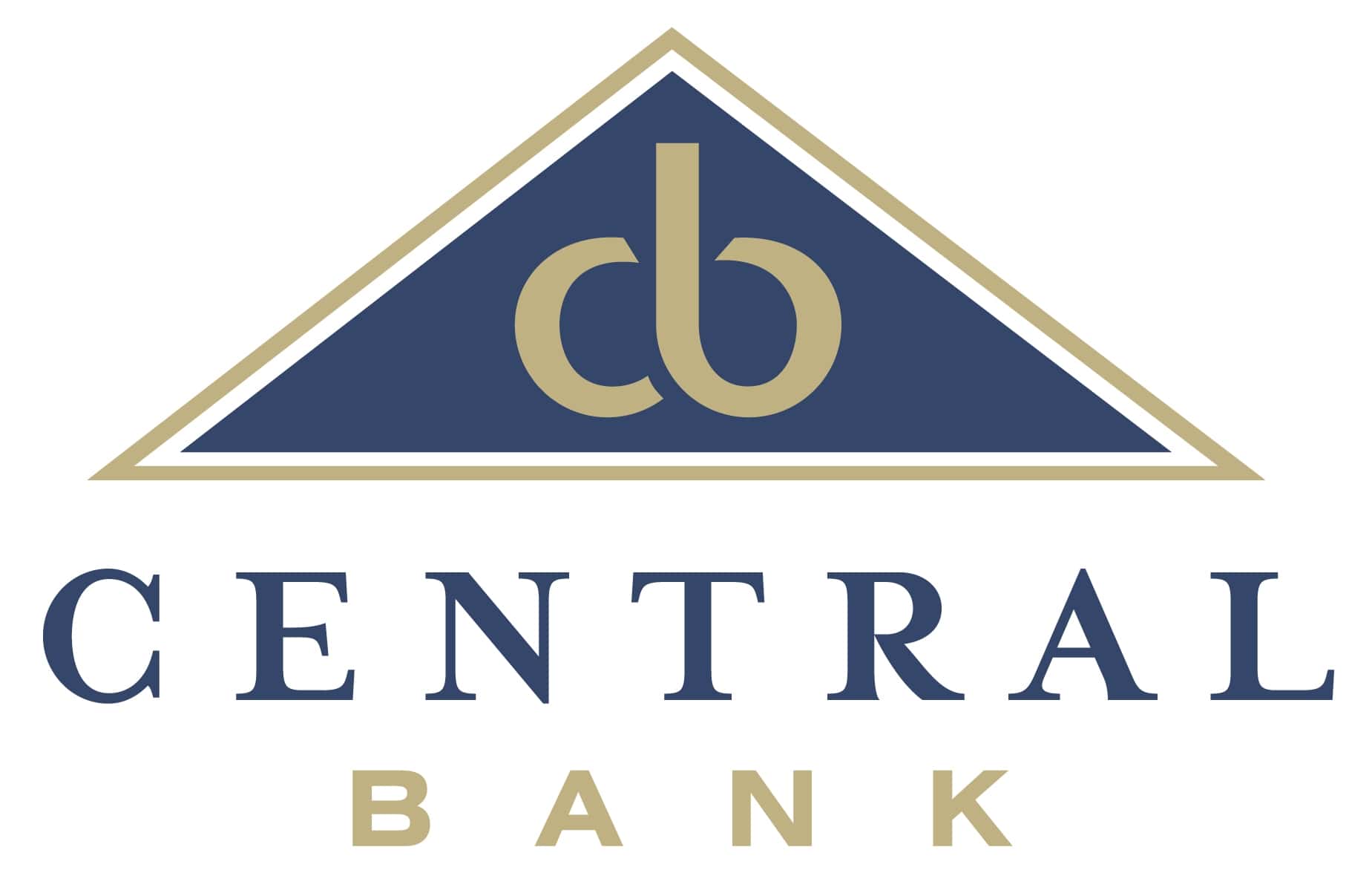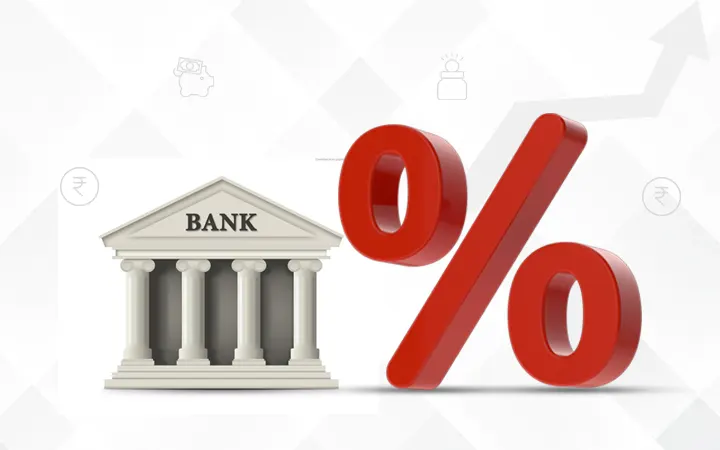Central Bank Interest Rate Decisions: they’re big deals. They steer economies. When banks tweak rates, markets move, people talk, and wallets feel it. In this deep dive, we’ll unpack why these choices matter and how they touch your life. We’re talking jobs, loans, and your cash’s value. It’s not just news—it’s personal. Get ready to grasp how rate shifts by giants like the Federal Reserve and the ECB ripple through the world. Join me, your finance friend, as we decode the econ magic behind those headlines. Buckle up—we’re navigating the economic waves together!
Understanding Central Bank Interest Rate Decisions and Their Economic Impact
The Role of Interest Rates in Economic Management
Picture this: You’re driving and see a speed sign change. That’s like central banks for economies. They change the ‘speed sign’—interest rates—to manage how fast the economy grows. High rates can slow it down. Low rates can speed it up. Banks do this to keep things like the cost of living – also known as inflation – steady. So when price tags in stores go up too fast, central banks may hike up rates.
These rate changes touch your daily life. Think about parents buying a new house or even you saving money. When rates climb, loans cost more, and people think harder before spending. On the flip side, if a central bank cuts rates, it’s like a sale sign at your favorite shop. Borrowing is cheaper, and that can get people spending again.
Interest rates are the central bank’s tool to keep the economy’s heart beating at the right pace. They adjust these rates by watching economic clues like the prices we pay for things, or CPI, and how many people have jobs, called unemployment rates. This helps them guess what might happen next and decide if they need to act.
Assessing the Influence of Central Bank Announcements on Global Markets
Now, let’s talk about how the whole world listens when these big banks speak. Names like the Federal Reserve, ECB, or Bank of England might sound far off. But when they announce changes or even just plans, markets all over the world feel it. Picture a pond. When someone throws in a rock—a big announcement—waves spread out everywhere.
It works like this: Say the Federal Reserve hints they might raise rates. We see it everywhere. The cost to borrow money between banks, the interbank lending rate, might jump. Businessmen might invest less, and the stock market might take a hit.
And there’s more! These central bank chats also mess with how much cash is worth in your pocket, called currency valuation. If the Fed stirs talk of higher rates, the dollar might get stronger. This makes stuff from abroad cheaper, yet it can also make it tougher for others to buy what we make.
Keep in mind, these banks don’t just use interest rates to chat with us. They have other tricks, like buying debt, known as quantitative easing, or changing how much cash banks must keep, called reserve requirements. They play with all this to give the economy the boost or brake it needs.
So, why care? Because what central banks say and do can change how much you pay for a house, a car, or even a slice of pizza. They hold the ‘speed sign’ for the money world, and their moves can help us plan, spend, and save in smarter ways. When you hear they’re changing rates, think of it as a sign to buckle up—it could be a bumpy or smooth ride ahead.
The Federal Reserve and Its Policy Impact
Evaluating the Effects of Fed Rate Hikes on Inflation and Growth
When the Federal Reserve hikes interest rates, people feel it. Higher rates can cool down inflation. But, they can slow economic growth too. Imagine you own a business. If rates go up, loans cost more. You might think twice about expanding. This means growth can hit a brake.
For everyday folks, high rates make mortgages or car loans pricier. This can lead to less spending. And if people spend less, companies earn less. Then growth can stall.
Federal Reserve’s Monetary Tools and Communication Strategies
The Fed uses a few tools to manage the economy. They change the discount rate to influence banks. They do this to control how much money is out there. Their goal is to keep prices stable and jobs growing.
They also talk to us. How they talk can change how people and markets act. If the Fed sounds worried about inflation, they may be ready to hike rates. This is known as a hawkish stance. If they sound chill, hoping to boost growth, that’s dovish. Their words can spark quick reactions in the markets.
Now, let’s talk about the Fed’s other moves. They use quantitative easing, buying a lot of bonds, to pump money into the economy. They also change the repo rate. That’s the rate for overnight loans between banks. And they set the prime interest rate, which banks use for loan rates to customers.
My expert eyes see the Fed balancing like a tightrope walker. They aim to help the economy grow, fight inflation, and keep jobs steady. Not an easy task!
Interest rates are powerful. A rise or cut affects loans for homes and businesses. This impacts how much money people spend or save. Banks react too. They either lend more or less cash.
A rate change also shifts the value of the dollar. A strong dollar can make imports cheap, but it can hurt our exports.
So, when the Fed updates rates, investors and businesses listen. Their decisions steer the economy’s path. They aim at a mix of steady prices and solid job numbers. It’s a tough job.
This dance of rates and economy affects us all. We see it in our wallets and at work. It’s why we keep an eye on what the Fed does. Because their next move might just change our financial future.
ECB and Bank of England Rate Adjustments and Their Implications
Navigating ECB’s Inflation Targeting and Rate Decisions
Why do ECB rate adjustments matter?
They directly affect how much money flows in the economy. Every bit of money matters for buying stuff, saving, and investing. Now, let’s dive a bit deeper.
The European Central Bank, or ECB, has a big job. They must keep prices stable so people can plan for the future. When prices fly high, life gets tough. The ECB fights this by changing interest rates. If prices rise too fast, they push rates up. This makes borrowing cost more. So, folks and businesses slow down on spending cash. It’s like having a brake and gas pedal for the economy.
Their target? Keep inflation just under 2%. Recently, prices went way up. To tackle this, the ECB took a “hawkish” stance. This means getting strict on high prices by raising interest rates. When the ECB speaks, everyone listens. Their words can sway how people feel about the economy. When they are worried, it can make everyone else worried too. That’s why their talks are super key.
The Bank of England’s Approach to Monetary Stability and Housing Markets
What does the Bank of England do?
They keep money stable and watch over the big banks. By doing so, they help people keep jobs and the economy rolling. Let me break it down for you.
Across the sea, the Bank of England keeps an eye on the money too. They want families to have jobs and for businesses to do well. For a strong economy, they need stable prices and trust in the money. They look at how much stuff costs – that’s the consumer price index, or CPI. They also watch what people earn and if they have jobs – those are unemployment rates.
The bank’s goal? Get inflation at 2%. But the housing market, kind of like a giant piggy bank for many, can shake things up. When interest rates go up, it’s pricier to get a home loan. This can cool down a hot housing market. It also means people might not spend as much on other things. If rates dip low, loans can get cheap. That can heat the market up and people spend more.
Sometimes people get scared if jobs are hard to find or houses cost too much. The Bank of England tries to keep things chill so everyone can plan ahead. They change rates step by step and always let us know what’s up. They want us to feel sure about where money’s heading.
These banks play a huge game of balance. They want you to have enough cash to do what you need to without prices going wild. It’s a tough act, but getting it right means we all can make better plans for our fun and our future.
Forecasting and Responding to Interest Rate Shifts
Analyzing Interest Rate Forecasts and Their Significance for Borrowers and Investors
Interest rate forecasts are a big deal for all of us. They tell us where borrowing costs could go. This helps both lenders and folks looking to borrow. When central banks like the Federal Reserve hint at rate changes, people listen closely.
For instance, if the Fed suggests rates will rise, it means loans could get pricier. Higher costs can slow folks down from borrowing money. This can cool down spending and growth. Investors watch these trends to make smart choices with their money.
Strategies for Anticipating and Adapting to Rate Changes in a Global Economy
Rate changes don’t just affect a single country; they ripple across the world. Here’s what happens: when a big bank changes its rates, it can shift money flows across borders. This can change the value of currencies. A stronger currency can make imports cheaper, but it can make it tougher for exporters.
So, businesses and investors need to plan ahead. They keep an eye on what central banks might do next. They look at stuff like inflation, jobs, and how much stuff people are buying. These signs can help predict what central banks will do with rates.
When people expect rates to go up, businesses might borrow now rather than later. This helps them dodge higher costs down the road. For savers, higher interest could mean more money in their accounts. So, they might wait to stash their cash until after the hike.
In a world where money moves fast, being ready for rate changes is key. It can help protect against losses and find new chances to make money. Central banks know this too. That’s why they try to be clear about what they’re thinking. It helps everyone get ready for what’s next.
Spotting these clues isn’t just for experts. Anyone interested in how these rates can affect their wallet should pay attention. It’s like being ready for the weather. We look at the sky to guess if we’ll need an umbrella tomorrow. In the same way, we can look at the economy to guess if rates might go up or down.
Remember, changes in savings or loan rates can impact your budget. They can influence businesses, big and small, and the economy as a whole. Life throws curveballs at us all the time. Being prepared for changes in interest rates is one way to catch them.
In this post, we dived into how central banks like the Fed, ECB, and Bank of England adjust rates and why it matters. We saw that interest rates are key tools for managing economies. These changes ripple through markets worldwide.
We explored how the Fed’s rate hikes aim to control inflation and affect growth. We learned about the Fed’s tools and how they talk to us about plans. Across the ocean, the ECB and Bank of England face their own inflation battles and look to keep housing markets stable.
Lastly, we considered how to predict and respond to these shifts. It’s vital for anyone borrowing money or investing to pay attention to these trends.
To wrap up, remember that interest rate decisions are powerful. They touch your life, from your pocketbook to your investment portfolio. Keep an eye on central bank updates to stay one step ahead!
Q&A :
How do central bank interest rate decisions affect the economy?
The decisions that central banks make regarding interest rates play a substantial role in the economy. When the rate is increased, borrowing costs go up, which can cool off spending and investment, potentially slowing economic growth. Conversely, lowering interest rates can stimulate the economy by making loans cheaper, encouraging spending and investment. These decisions can also impact inflation rates and currency values.
Why do central banks change interest rates?
Central banks alter interest rates primarily to control inflation and stabilize the currency. High interest rates can help reduce inflation but may also slow down economic growth. On the other hand, lower interest rates can spur economic growth but might lead to higher inflation. Central banks balance these outcomes to foster a stable financial environment.
What are the indicators central banks consider before adjusting interest rates?
Before deciding on interest rate changes, central banks typically analyze a range of economic indicators. These can include inflation rates, the employment rate, GDP growth, consumer spending, and other signals of economic health. The objective is to gauge the economy’s performance and determine what adjustments, if any, are necessary to maintain economic stability and growth.
How often do central bank interest rate decisions occur?
The frequency of central bank interest rate decisions varies by institution. Some central banks, like the Federal Reserve in the United States, have scheduled meetings multiple times a year to review and adjust rates. Other banks may adjust their rates more or less frequently, depending on economic conditions and their specific monetary policy frameworks.
What happens to loans and mortgages when the central bank raises interest rates?
When a central bank raises interest rates, the cost of borrowing generally increases. This usually means higher interest payments for variable-rate loans and mortgages. Existing fixed-rate loans won’t be affected, but new loans or those with upcoming rate resets may come with higher interest costs, translating to higher monthly payments for borrowers.






